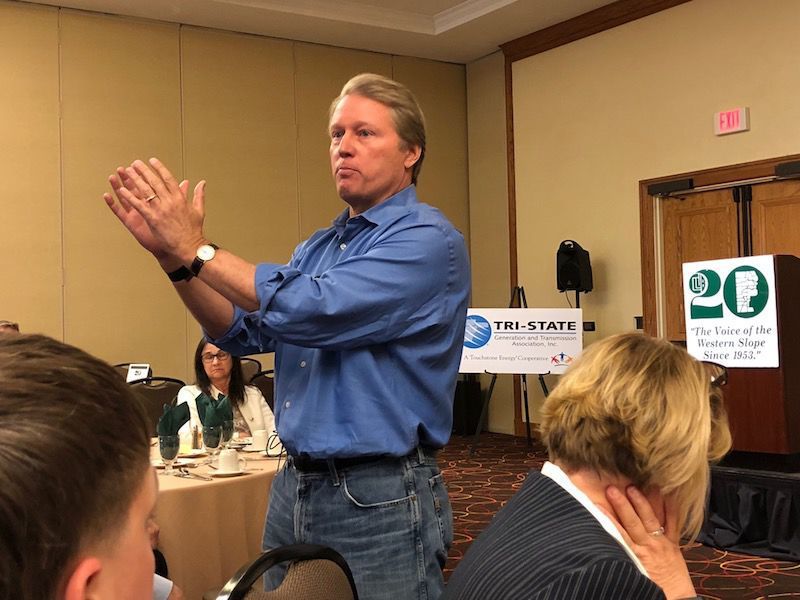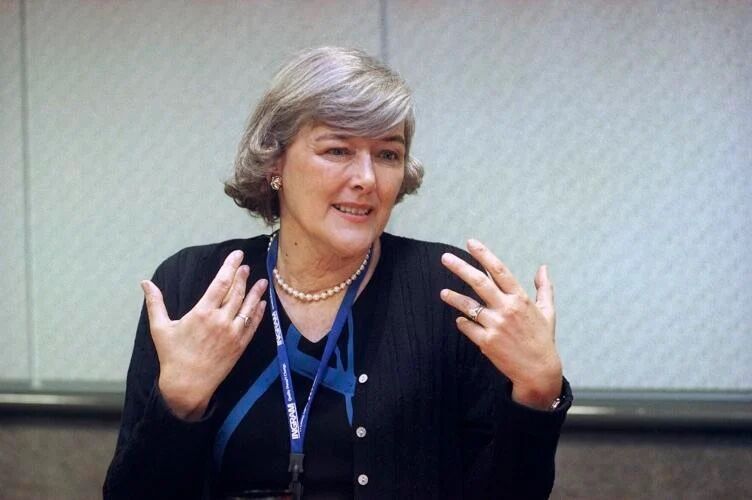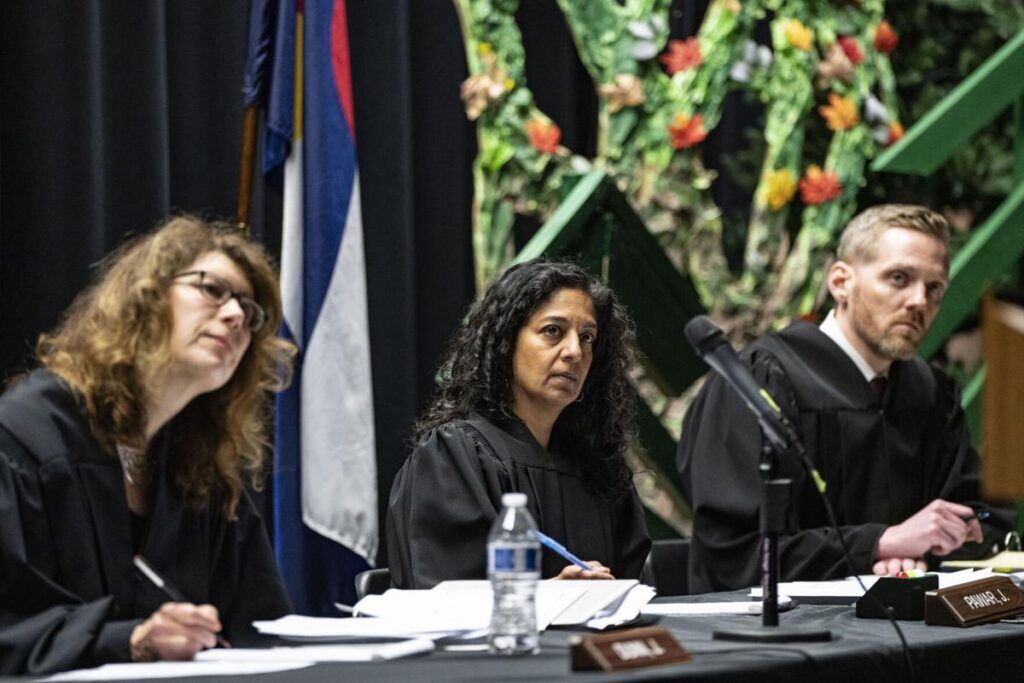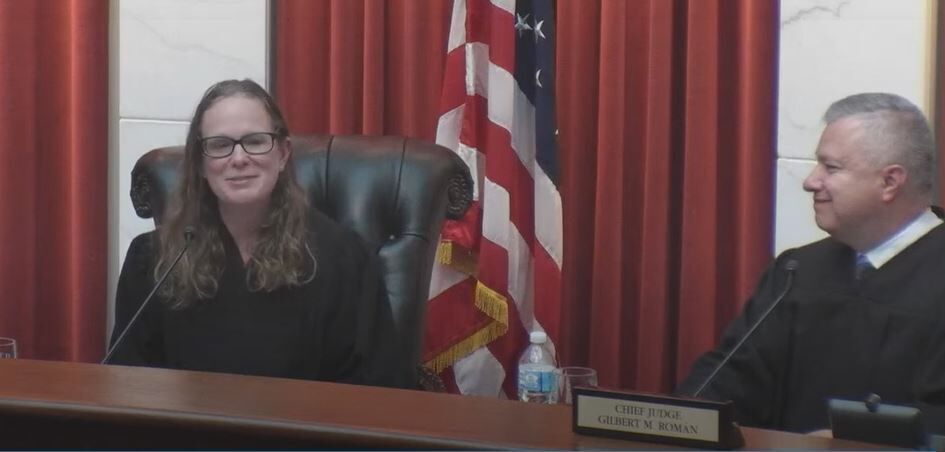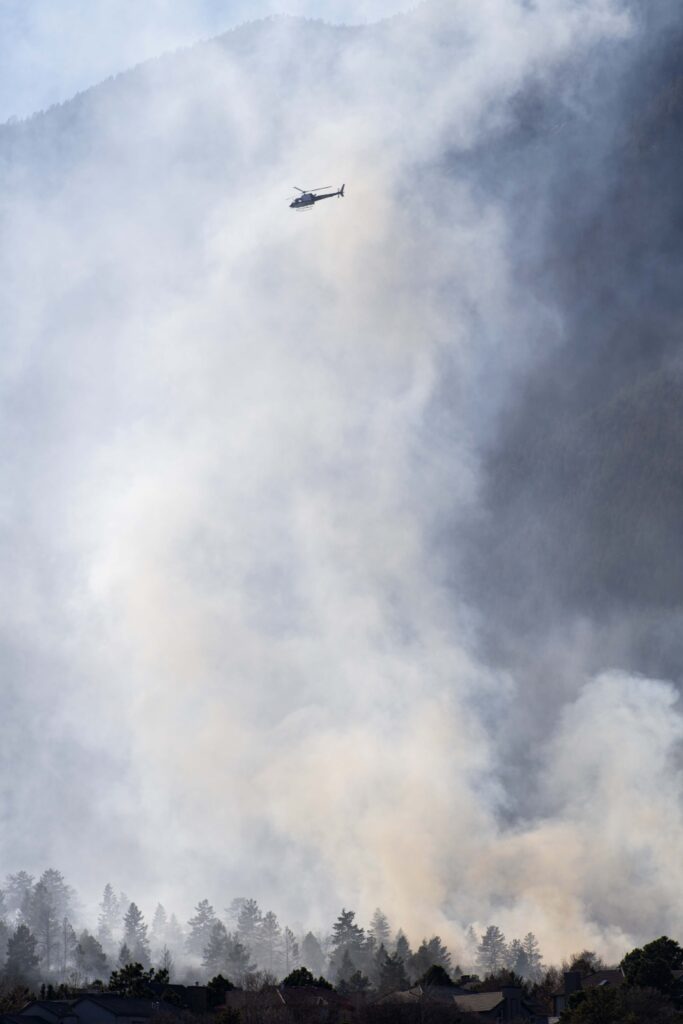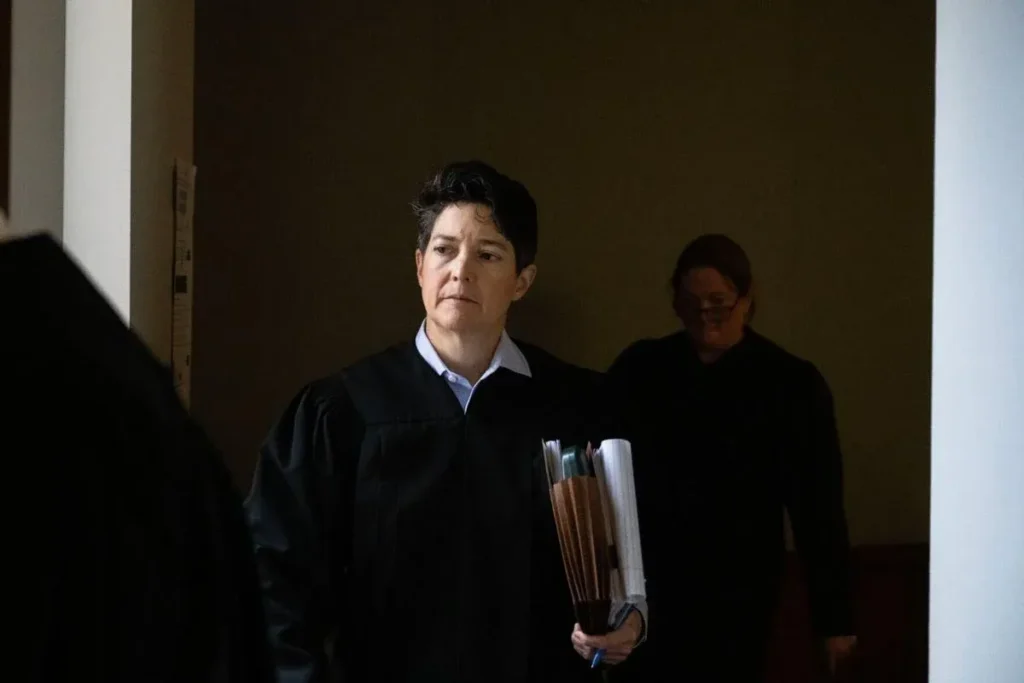Fired Colorado workers speak out, as VA secretary vows to deliver more efficient service
Ryan Bevard was in the field getting one veteran off the streets and another from surfing his parents’ couch when the termination email hit his server.
He did not know the name of the person who fired him on the spot without, he said, so much as a “thank you for your service.”
What he did know was that his 11-month career as a Veterans Affairs social worker associate was over because his performance, someone with the title of “Chief Human Capital Officer” wrote, “has not met the burden to demonstrate that your further employment at the Agency would be in the best public interest.”
Performance reports provided by Bevard showed that he managed all of his duties successfully at his 90-day assessment in August. His supervisor said that she looked forward to working with him in the future.
That future is now uncertain.
The two-tour Iraq veteran worries about what his dismissal means to his homeless clients, but he also knows that his already overworked team has inherited his caseload.
“We’re just a vein and they’re bleeding us dry,” said Bevard, a probationary employee who has navigated services for dozens of homeless veterans through Denver’s VA York Street Center.
Bevard was not the only program employee to lose his job that afternoon. Three other social workers associates were also let go, a fraction of approximately 50 other Colorado employees of the VA Eastern Colorado Health Care System who were fired on Feb. 23.
The exact numbers nationally are not clear, but in a letter to President Donald Trump last Thursday, nearly two dozen Democratic U.S. senators, including Colorado’s John Hickenlooper, said the Trump administration has fired roughly 5,800 veterans and called the firings illegal.
A third of the VA workforce is comprised of veterans.
VA Secretary: Major changes coming
There are many more cuts ahead, according to Veterans Affairs Secretary Doug Collins. On March 5, he warned on X: “We’ll be making major changes, so get used to it.”
Just over a month into his new job, Collins’ plan is to oust 83,000 VA employees by August in order to return to 2019 staffing levels of just under 400,000. That translates to a 15% cut. The VA workforce had expanded to 482,000 during the Biden administration, in part to cover veterans affected by burn pits under the 2022 PACT Act.
Some consider the terminations to be a slap in the face. Others agree with Collins’ assessment that long overdue VA layoffs are the answer to restoring efficiency to the nearly century-old organization.
In a Feb. 20 X video, Collins told veterans not to believe “fake news” about impending job cuts. He used a Burger King metaphor, likening the rumors to “whoppers flying out the door everywhere.” Three of those “fake news,” he said, are not going to happen. Veterans’ healthcare is not going to suffer, their benefits will not get cut, and the VA is not laying off people who answer the veteran crisis line, he said.
“VA’s biggest problem is that its bureaucracy and inefficiencies are getting in the way of customer convenience and service to veterans,” he said. “As I have said before, we owe American veterans and hundreds of thousands of amazing employees solutions. And mark my words, that is what we will deliver.”
In a news release last month, the VA said the firings would save the department $98 million annually, money it would redirect “back toward health care, benefits and services for VA beneficiaries.”
On Monday morning, Collins agreed with a Fox News Channel anchor that, if he’s going to let people go who already served their country, it would have to be for the right reasons.
‘What do we consider an important job’
Brett Taylor, who believes he was fired for the wrong reasons, called Collins’ statements “word salad.”
Taylor is a disabled Iraq war combat veteran. He and Bevard have 16 years between them working for the VA, but both of them, along with Bilal Torrens, had been with the homeless veterans program for under a year, which made them vulnerable to the recent cuts.
The VA Eastern Colorado Health Care System, which employs around 3,700 staff serving more than 110,000 veterans, confirmed that many of those being dismissed are probationary staff. The system’s workforce had fluctuated over the years — about 3,500 in 2019 and in 2021, 4,000. At 3,700 workers, the 50 employees fired last month represent about 1.4% of the workforce.
The Trump administration has argued that the federal government is too bloated and too much money is lost to waste and fraud. The government has some $36 trillion in debt and ran a $1.8 trillion deficit last year, and both sides of the political spectrum agree on the need for changes. To Trump, the changes begin with shrinking the size of the federal bureaucracy.
Democrats have sharply criticized the layoffs, calling them chaotic. Meanwhile, members of Colorado’s Republican congressional delegation have said they trust the Trump administration’s approach.
Torrens, 31, admitted he’s seen waste at the VA, but not among the newer hires, who, he said, have fresh ideas and energy.
“What do we consider an important job? That’s my question,” asked Torrens, who served two tours in Qatar and then Kuwait for a six-year career in Air Force security. “My life was flipped upside down within a matter of hours.”
Torrens’ team at the Community Resource and Referral Center helped veterans navigate their needs with assistance like Colorado’s Low Income Energy Assistance Program or Social Security.
“Many of the veterans we work with are super-disabled. They have trauma and anxiety. The fact that we are veterans established trust. We helped them build up.”
Torrens, Taylor, and Bevard were “some of our hardest workers,” said a VA employee who did not want to be identified for fear of retaliation.
After two weeks with no paycheck and few job leads, Taylor, 37, wonders how much longer before he will be the one filling out housing vouchers, which is “a huge fear of mine.”
Taylor hopes to get a doctorate in health care management and run his own veteran mental health facility. For now, he just wants his job back.
“I’m not going to lie down and take it. I’m going to keep fighting,” he said.
Worried about the fallout
Richard Nagley had been on a phone hold with the VA to iron out a problem with a 92-year-old Korean War veteran’s medical bills. After 45 minutes, a VA operator answered.
“My friend passed out and he was taken by ambulance to one hospital but I see three charges amounting to $5,000,” explained Nagley, a 77-year-old Vietnam veteran who is a nationally accredited American Legion veterans service officer based in the San Luis Valley.
His visit with the VA operator was successful after they untangled the web of medical codes, some of which were errors. His friend was charged twice for one ambulance ride because the first hospital didn’t have room for him and the vehicle had to reroute.
Nagley said that calls never used to take this long and he is worried about the cuts’ implications for the VA’s patients and clients.
Stephen Bast is one of 83,000 veterans living in El Paso County and, like Nagley, he is also worried about the fallout of the staffing cuts on patients who rely on the VA for most of their health benefits. For 40 years working in internal medicine and urgent care, he saw hundreds of fellow service members in his role as a private healthcare provider in Colorado Springs.
“I currently have colleagues (and) friends who are VA medical professionals. Unfortunately, they tell me that staffing is already a problem and if these proposed firings occur, it will lengthen the wait times for appointments and may well drive providers to the civilian workforce,” said Bast. “When this happens, it is usually specialists who leave.”
There’s a dusty, broken flagstone in the dirt near the front door of the York Street Center, where Taylor, Bevard and Torrens worked, with a message inscribed next to an American flag: “Believe.” Inside, veterans of all ages, from peacetime and war time, waited in plastic chairs with clipboards in hand for services from legal advice to an appointment with a social worker.
Gazette reporter Stephanie Earls contributed to this article.


